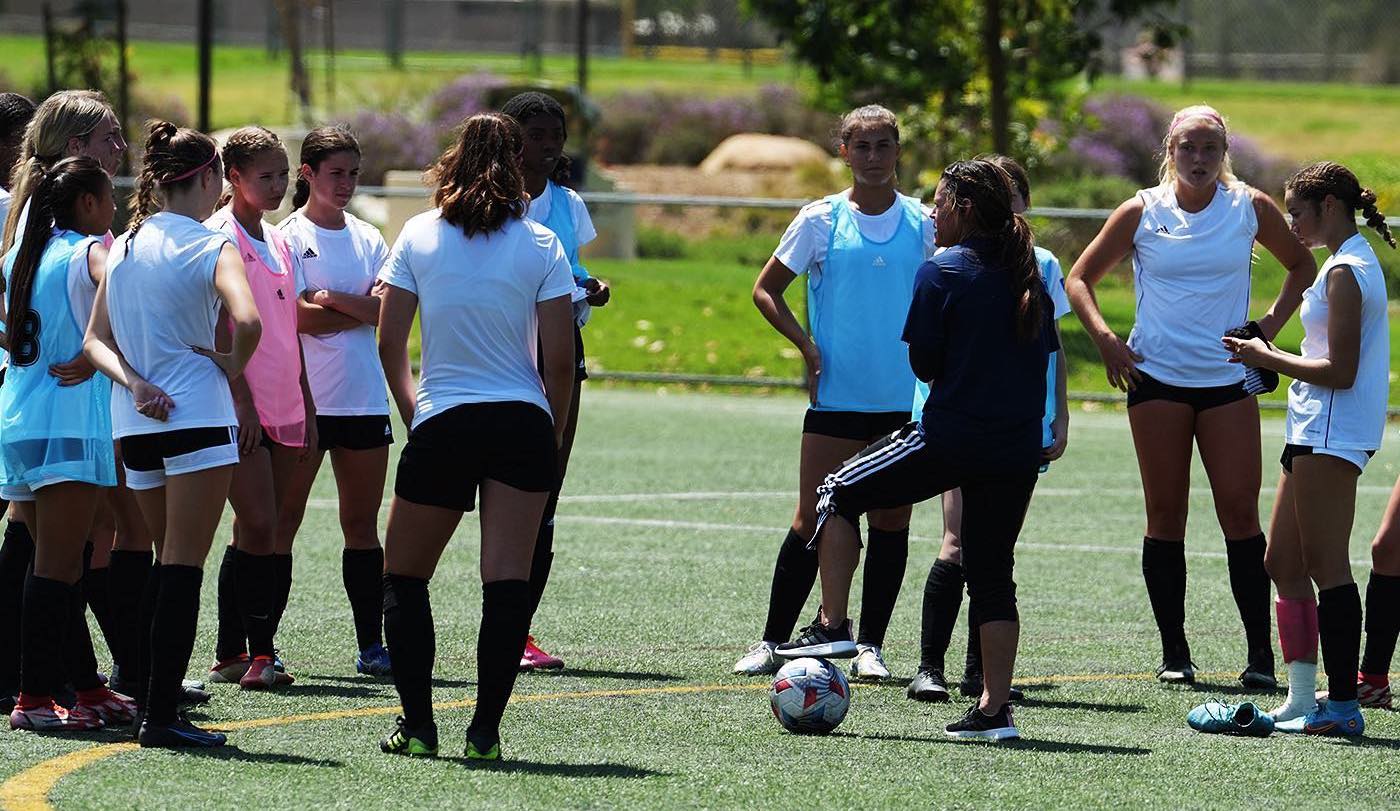For youth soccer players dreaming of playing at the college level, June 15 (ahead of your junior year) is an important date to remember. It marks the beginning of the contact period for NCAA Division I and II coaches, which means they can officially communicate with high school athletes about their interest in recruiting them.
However, this doesn’t mean that recruits should wait until June 15th to start thinking about the recruiting process. In fact, being proactive before and during the contact period can make all the difference in a player’s recruitment journey.
Before June 15, college coaches are prohibited from communicating with high school athletes off-campus, including discussing scholarships or financial aid. However, they can still communicate with club and high school coaches to discuss potential recruits. This is why it’s crucial for young athletes to be proactive and take control of their recruitment by reaching out to college coaches on their own.
Additionally, June 15 is not the only important date for athletes to know. August 1 after your junior year is also a crucial date to know, as it marks the beginning of the window for athletes to conduct official and unofficial visits to college campuses. (View the official NCAA Recruiting Calendar)
Former NCAA and NAIA coaches Lindsey Boldt and Luis Cortell emphasized the importance of taking the initiative, both before and after the June 15 milestone, when it comes to recruiting in an informational video by Next College Student Athlete (NCSA).
While it’s important for athletes to be proactive in reaching out to college coaches, it’s also important to understand the NCAA recruiting rules and restrictions. Before June 15, college coaches can express interest in a player but cannot make any unofficial verbal offers or discuss scholarships or financial aid. Athletes can still communicate with coaches at any time, but it’s important to remember that the NCAA regulations only apply to coaches contacting potential student-athletes.
In addition to reaching out to coaches directly, athletes can also attend camps and clinics to showcase their skills and get noticed by college coaches. However, athletes should be aware that coaches can only communicate with them at these events after June 15th following their sophomore year of high school.
In conclusion, June 15th marks the beginning of an important period for soccer recruiting, but it’s crucial for young athletes to be proactive and take control of their recruitment journey. By reaching out to coaches, researching potential schools, and understanding the NCAA regulations, athletes can increase their chances of finding the right fit for their athletic and academic goals. To view the full NCAA recruiting calendar, click here.








